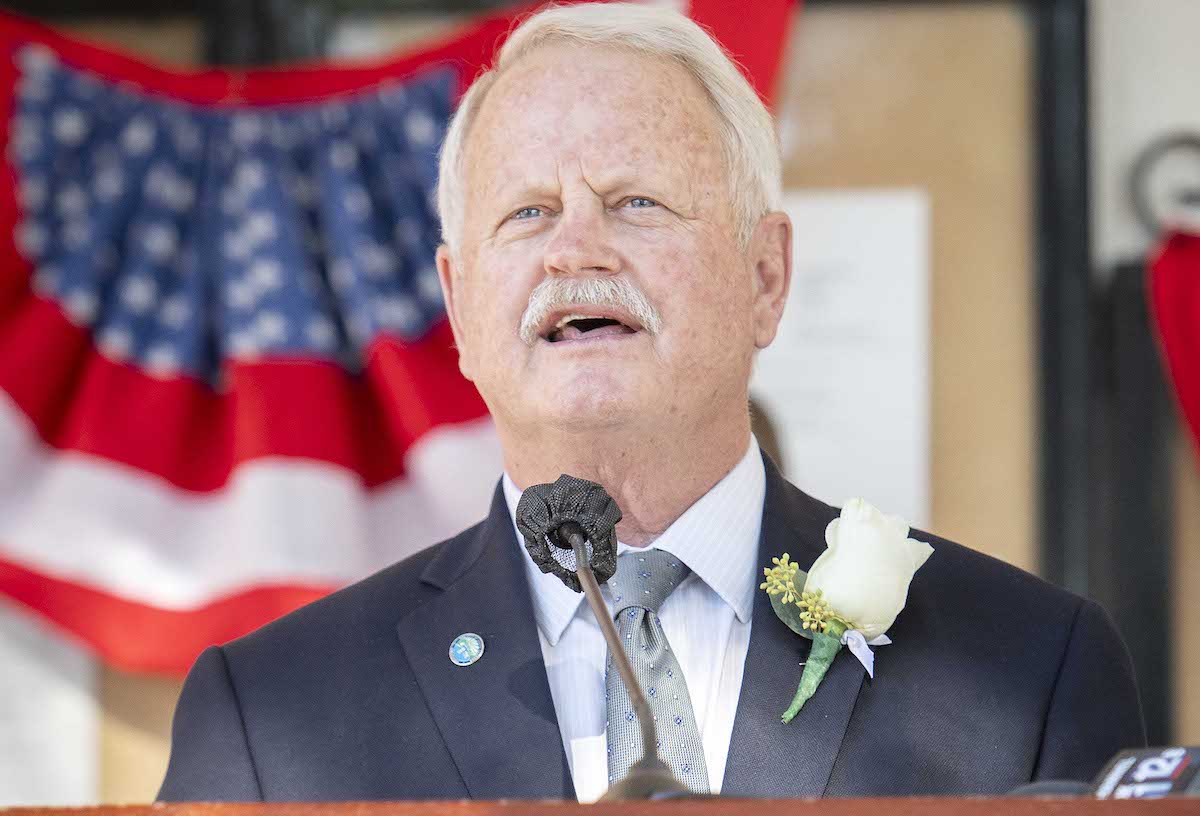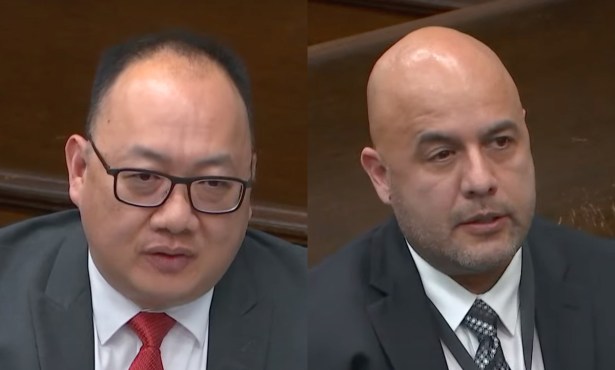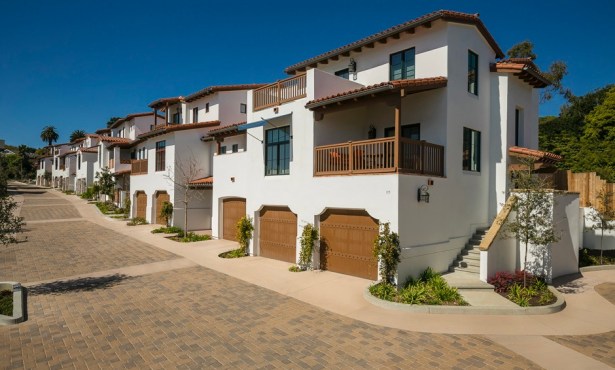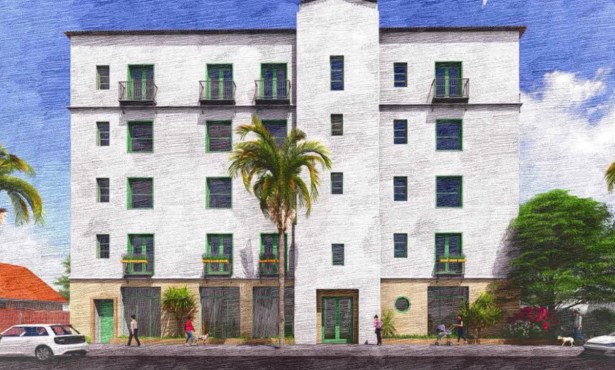Would Rent Control Work in Santa Barbara?
City Council Approves $200,000 Economic Analysis

It’s a topic that inflames passions every time it’s brought before the Santa Barbara City Council — rent control. And this Tuesday was no exception.
In only his third meeting in the big seat, Randy Rowse flexed his mayoral muscles over a proposal by City Hall to spend $200,000 on an economic analysis to determine if and how a rent-control ordinance might work in Santa Barbara. Specifically, to cap annual increases at 2 percent, plus a yearly consumer price index (CPI) adjustment. Thus far, staff have looked to Beverly Hills’s system as a potential model.
The groundwork for such an ordinance was laid last year by Rowse’s predecessor, Cathy Murillo, in an effort to address the city’s chronic, crisis-level housing shortage. But Rowse voiced a very different position on the issue, describing the proposed cap as government overreach and insisting that lease agreements between landlords and tenants are where all necessary regulations are contained. “It’s a private relationship,” Rowse said. “I think that’s a beautiful thing. A written contract between two private parties is exactly where [the rules] should be. All of the control should be right there.” If the rules are broken, Rowse said, the city’s Rental Mediation Task Force can and will intervene.
Rowse said he worried a rent cap would further “demonize” property owners and developers, who are already seemingly maligned by City Hall. “We have basically a mindset that says, ‘You’re a profiteer and you have a public asset that needs to be controlled,’ ” he said. Rowse agreed Santa Barbara suffers from an acute lack of affordable housing. “We do need to have a sustainable community. But,” he said, “we cannot control everything. The market is a cruel taskmaster, and like water, it will always find its level.”
It’s a subject worthy of robust debate, he went on, but not another expensive study that Santa Barbara pays for but then fails to act on. “It would be spending money we don’t have, and it would be another in a litany of fruitless consultant reports we end up with,” he said. Councilmembers Eric Friedman and Michael Jordan similarly balked at the $200,000 price tag — in addition to the substantial future costs of operating a rent-control program — and voted with Rowse against the analysis.
Sign up for Indy Today to receive fresh news from Independent.com, in your inbox, every morning.
However, the majority of the council — councilmembers Kristen Sneddon, Meagan Harmon, Alejandra Gutierrez, and Oscar Gutierrez — voted to move ahead. Sneddon touted the value of outside studies, citing two — one on the city’s beleaguered Community Development Department and another on State Street — that led to tangible improvements. She said a rent cap would represent not a silver-bullet solution to the city’s housing shortage but another tool in its toolbox to chip away at the decades-old issue. And stabilizing rates wouldn’t just benefit tenants, she explained. It would help businesses retain their workforces and keep families in their communities. “This isn’t a handout,” she said. “It’s for all of us.”
Compared to other similar cities, Sneddon continued, Santa Barbara has a lower median income, higher poverty and unemployment rates, and more vulnerable residents, including homeless individuals and noncitizens. The housing incentive programs the city has already implemented — average-unit density, inclusionary agreements, commercial-zoned residences, etc. — are long-term strategies, she argued, but rent control is necessary in the meantime to stabilize the market for current residents. “We’re talking about tens of thousands of people,” she said.
Recent data for the South Coast showed that from 2012 to 2021, the average price of a two-bedroom apartment increased from $2,000 a month to $2,800. One-bedroom units jumped from $1,470 to $2,000.
Harmon agreed action was necessary. “If we hope to solve the housing crisis in any meaningful way for today’s residents, we cannot ignore regulatory reform,” she said. More than 60 percent of Santa Barbarans are renters, she reminded the council. The figure is closer to 80 percent in the downtown district where she lives, Harmon said.
But the mayor couldn’t be swayed. “The term housing ‘crisis’ was around when I got here 50 years ago,” Rowse said. “It’s not some brand-new thing. It’s what we’ve always suffered through in this town.”
Support the Santa Barbara Independent through a long-term or a single contribution.



